
Roots
Within every coil, every wave, every resilient strand, lies a profound echo from ancestral lands. This living fibrous heritage, intricately coded with stories of identity, community, and ancient reverence, once flourished unbound across continents. Then came a seismic shift, a profound intervention that sought to reorder not only lands and lives but also the very contours of cultural expression, down to the hair crowning each head. The impact of colonialism on textured hair traditions worldwide presents a complex, poignant recounting, a testimony to both devastating loss and an enduring spirit.
For millennia, long before the age of colonial conquest, textured hair was not merely a physical attribute; it was a profound cultural signifier, a canvas for artistry, and a repository of deep wisdom. In countless African societies, and among indigenous communities across the globe, a person’s hair communicated their lineage, social standing, marital status, age, and spiritual connection. The very anatomy of textured hair, with its unique elliptical follicle shape and varied curl patterns, is a biological marvel, perfectly suited to diverse climates and deeply intertwined with ancestral ways of life. This hair was not “managed” in the Western sense, but adorned, sculpted, and celebrated through practices passed down through generations.
The understanding of its biology was elemental, intuitive, born from observation and deep respect for the natural world. Hair care was a communal ritual, a moment of intimate connection, bonding families and reinforcing societal structures. The disruption of this symbiotic relationship between hair, individual, and community stands as one of colonialism’s less visible yet deeply scarring legacies.

Ancestral Science of Textured Hair
The scientific understanding of textured hair, as articulated in modern biology, reveals a fascinating complexity that ancestral practices implicitly understood. Each strand emerges from an elliptical or flat follicle, creating the characteristic curls, coils, and kinks that distinguish it from straighter hair types. This unique structure influences how moisture travels along the strand, how light reflects, and how much natural protection it offers against environmental factors. In pre-colonial societies, this intrinsic biology dictated the choice of natural oils, butters, and herbs used for care.
They instinctively knew, for instance, that certain plant extracts provided moisture and elasticity, or that specific clays offered cleansing without stripping. This ancestral wisdom, while not codified in laboratories, represented a sophisticated, empirically derived understanding of hair’s fundamental needs.
Before colonial interference, the very vocabulary surrounding hair in many cultures reflected this reverence. Terms describing specific curl patterns, the sheen of well-nourished hair, or the significance of particular styles were rich and nuanced, speaking to an intimate connection between people and their crowns. Hair classification systems, if they existed, were often based on communal identity, spiritual meaning, or life stages, rather than solely on texture type for commercial purposes.
The colonial encounter, however, imposed a different lexicon, one that often pathologized textured hair, re-labeling its natural forms as unruly, unkempt, or uncivilized. This linguistic shift was a subtle yet powerful act of psychological colonization, undermining the inherent beauty and historical value of ancestral hair forms.
The intrinsic biology of textured hair guided ancestral care practices, shaping a profound connection between people and their crowns.
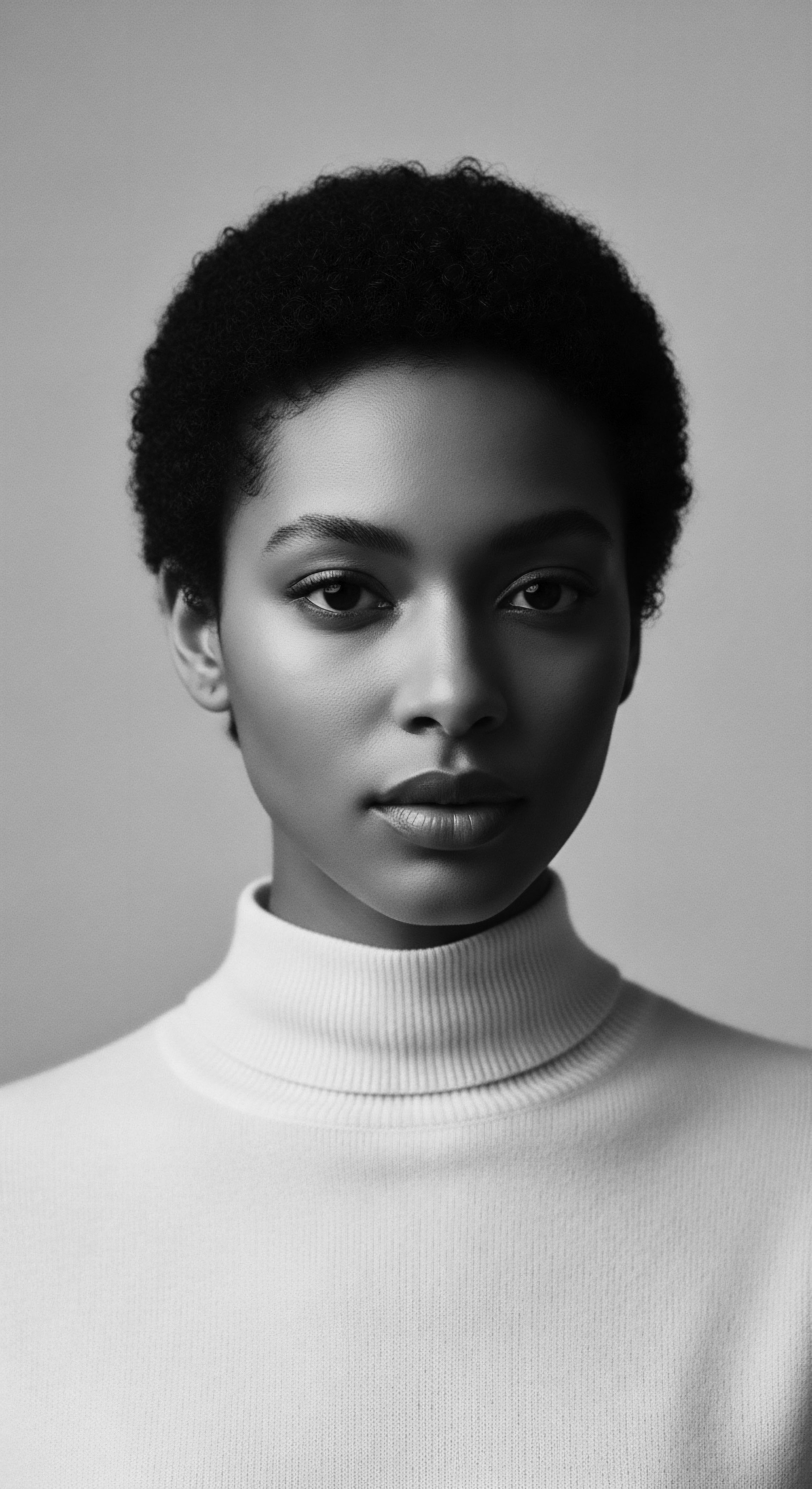
The Great Erasure of Hair Lore
The arrival of colonizers brought with it a profound disruption of these deeply embedded hair traditions. This disruption often began with the physical act of shaving the heads of enslaved peoples, a practice documented during the transatlantic slave trade. This was not merely for hygiene, though that was often claimed; it was a deliberate, brutal act designed to strip individuals of their identity, severing their connection to community, heritage, and the spiritual significance of their hair. For cultures where hair symbolized status, family, and even one’s very spirit, this shearing was a profound humiliation, a violent erasure of self.
Byrd and Tharps discuss this in their work, highlighting how enslaved people were denied their humanity, with hair being a prime target for identity suppression (Byrd & Tharps, 2001, p. 5).
Beyond physical acts, colonial powers imposed Eurocentric beauty standards through missionary schools, administrative policies, and pervasive cultural messaging. Children in some missionary schools, for instance, were often required to shave their heads or keep their hair extremely short, with punishments for non-compliance. This institutionalized discrimination conveyed a clear message ❉ natural textured hair was inappropriate, a mark of the uncivilized, something to be subdued or hidden.
This systemic devaluation led many to internalize negative perceptions about their hair, creating a schism between their ancestral heritage and the imposed norms of their colonizers. The shift from celebrating diverse, intricate styles to aspiring to straight, European hair became a marker of assimilation, a survival strategy in a hostile new order.

Ritual
The rhythm of life, expressed through daily rituals, was deeply woven into textured hair traditions across pre-colonial societies. These practices, far from being superficial acts of adornment, were expressions of profound cultural identity, spiritual connection, and communal belonging. From the delicate artistry of intricate braids to the symbolic power of head coverings, each technique, each tool, and each transformation held layers of ancestral meaning. The colonial machine, however, sought to silence these expressive languages, reshaping, suppressing, and sometimes irrevocably altering the very fabric of these heritage-rich styling customs.
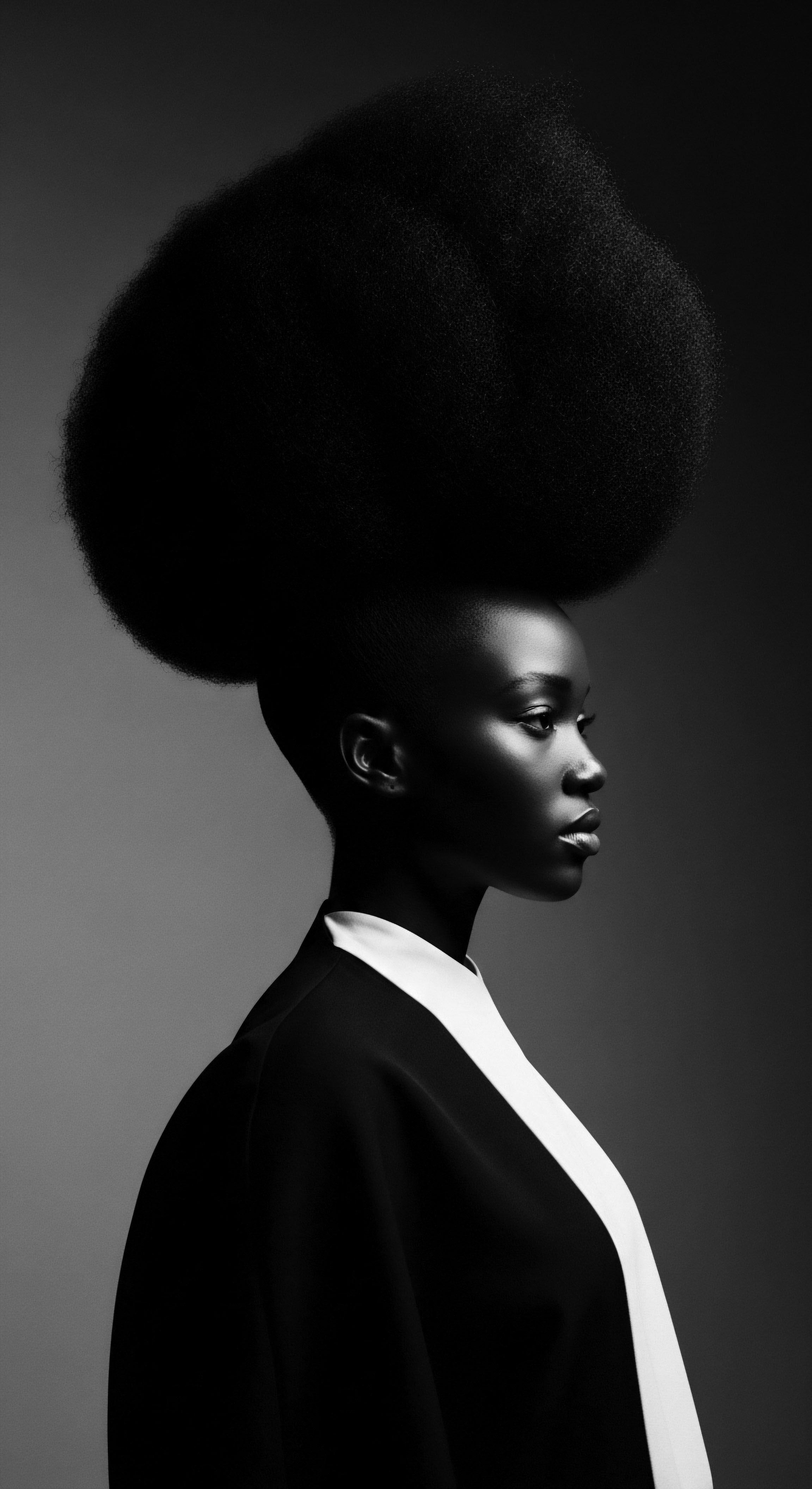
Traditional Styling as Cultural Cartography
Before the colonial era, textured hair was a living, breathing canvas. Styles were not static but evolved, reflecting social changes, personal milestones, or even a community’s historical events. In many West African societies, for instance, a person’s hairstyle could instantly convey their marital status, wealth, age, or even their ethnicity. Specific patterns could signify readiness for war, mourning, or celebration.
The tools used for these creations were often crafted from natural materials—bone, wood, or shell—and were imbued with their own cultural significance. These were not mere instruments; they were extensions of a collective creative spirit, part of a continuum of ancestral craftsmanship.
The colonial disruption, with its imposition of new social orders and aesthetic ideals, severely constrained this vibrant expression. The very act of shaving heads upon enslavement was a direct assault on this profound connection between hair and identity. Later, as societies became more formalized under colonial rule, laws and social pressures dictated that natural textured hair, particularly in its traditional forms, was unacceptable in public, professional, or educational settings. This led to a desperate quest for ways to conform, often involving painful and damaging methods to straighten hair, using rudimentary tools like hot combs or chemical agents, some of which were dangerously improvised (Byrd & Tharps, 2001).
Colonial rule sought to silence the expressive language of textured hair styling, forcing conformity through imposed beauty standards.
- Combs and Picks ❉ Often carved from wood, bone, or ivory, these were not just detangling tools but often artworks, passed down through families, symbolizing lineage and care.
- Natural Oils and Butters ❉ Shea butter, palm oil, and various plant extracts were fundamental, providing moisture, protection, and shine, derived from indigenous botanical knowledge.
- Styling Aides ❉ Fibers, beads, cowrie shells, and precious metals were frequently incorporated, acting as adornments that also held social or spiritual significance.
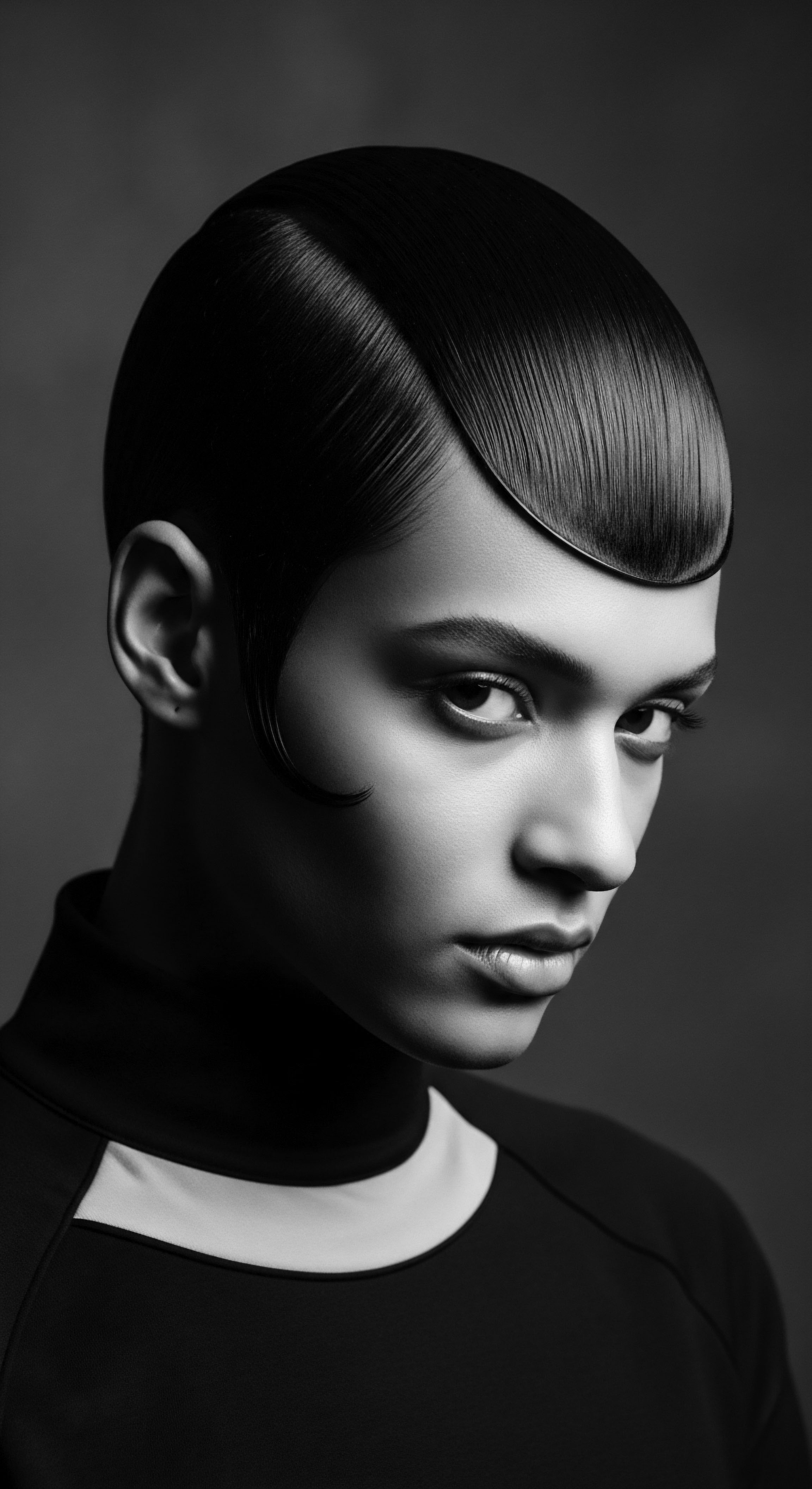
The Coils of Conformity and Resistance
The pressure to assimilate, often driven by survival, led to the adoption of European hairstyles and the use of chemical relaxers. This created a profound dilemma within communities of African descent and other colonized populations ❉ to retain ancestral hair practices meant risking marginalization, while conforming often meant abandoning a part of one’s intrinsic heritage. The rise of hair straightening industries, initially driven by Black entrepreneurs like Madam C.J.
Walker, offered a means of navigating these oppressive beauty standards, providing a pathway to social mobility within a racially stratified world. Yet, this also cemented the idea that straight hair was “good hair,” a harmful concept born directly from colonial comparison (Byrd & Tharps, 2001).
Despite these immense pressures, the spirit of textured hair heritage persisted. Even under the harshest conditions of enslavement, individuals found ways to express themselves through their hair. It is believed that intricate cornrow patterns sometimes served as maps for escape routes, with rice grains and seeds even hidden within them to aid survival once freedom was gained (Creative Support, 2023).
This hidden language within braids speaks volumes about the resilience and ingenious ways in which ancestral practices were maintained and adapted, transforming acts of styling into acts of subtle rebellion and cultural preservation. This historical example powerfully illuminates the enduring connection between hair heritage and Black experiences, turning a seemingly simple act of styling into a profound statement of resistance and survival.
| Aspect of Hair Tradition Meaning and Purpose |
| Pre-Colonial Practice (Heritage Focus) Social, spiritual, identity markers (lineage, status, age). |
| Colonial Era Impact (Result of How Did Colonialism Impact Textured Hair Traditions Globally?) Dehumanization, assimilation, suppression of cultural identity. |
| Aspect of Hair Tradition Preferred Aesthetics |
| Pre-Colonial Practice (Heritage Focus) Celebration of diverse textures, intricate traditional styles. |
| Colonial Era Impact (Result of How Did Colonialism Impact Textured Hair Traditions Globally?) Imposition of Eurocentric beauty standards, preference for straight hair. |
| Aspect of Hair Tradition Care Products |
| Pre-Colonial Practice (Heritage Focus) Natural, indigenous oils, butters, herbs. |
| Colonial Era Impact (Result of How Did Colonialism Impact Textured Hair Traditions Globally?) Reliance on commercial, often damaging, straightening chemicals and heat tools. |
| Aspect of Hair Tradition Styling Tools |
| Pre-Colonial Practice (Heritage Focus) Hand-carved combs, natural fibers, adornments. |
| Colonial Era Impact (Result of How Did Colonialism Impact Textured Hair Traditions Globally?) Introduction of metal combs, hot irons, tools designed for European hair. |
| Aspect of Hair Tradition This table underscores the stark contrast between the holistic, culturally rich hair practices of pre-colonial times and the disruptive, often destructive, shifts brought by colonial influences, reshaping hair heritage. |

Relay
The persistent echoes of colonial influence reverberate through contemporary textured hair care practices, problem-solving approaches, and even the intimate nighttime rituals. While ancestral wisdom continues to guide many, the legacy of imposed standards still shapes perceptions and commercial offerings. Understanding this interplay is essential for cultivating holistic hair wellness that truly honors lineage and promotes thriving strands.

Building Personalized Regimens ❉ Bridging Ancient and Modern
The journey to a personalized textured hair regimen today often involves a conscious effort to reclaim and reinterpret ancestral wisdom. Generations ago, care was dictated by available natural resources and time-honored techniques. The knowledge of which plant-based oils offered true nourishment, which clays cleansed gently, or how to braid hair for minimal tension was intrinsic to community life.
Today’s wellness advocate, guided by the Roothea ethos, seeks to connect modern scientific understanding of hair biology with these enduring practices. For instance, the contemporary understanding of hair porosity – how well hair absorbs and retains moisture – can inform the selection of oils and butters, often validating the choices made by ancestors who recognized what worked best for their particular hair types through generations of trial and observation.
The global marketplace, a direct descendant of colonial trade routes, once pushed chemical straighteners and harsh styling products. Today, however, there is a growing movement towards natural ingredients and formulations that respect the inherent structure of textured hair. This shift acknowledges that the very elasticity and coil formation of textured hair requires specific humectants, emollients, and proteins distinct from straight hair.
This validation by contemporary hair science helps to dismantle the old colonial narratives that deemed textured hair “difficult” or “unmanageable,” revealing its unique needs as a biological reality rather than a flaw. This return to natural forms and care approaches, while sometimes marketed as “new,” often finds its deepest roots in the communal and individual practices of pre-colonial eras.

The Nighttime Sanctuary ❉ Bonnet Wisdom and Protective Legacy
The seemingly simple act of protecting hair at night, often with a satin bonnet or silk scarf, carries a rich historical and cultural weight. This practice, widespread across the African diaspora, speaks to a deep, practical understanding of moisture retention and friction reduction that echoes ancestral care. In many pre-colonial societies, head coverings were not just for adornment or religious observance; they often served protective functions, safeguarding elaborate styles or keeping hair clean while performing daily tasks. The modern bonnet, while distinct in form, continues this protective legacy, providing a barrier against the drying effects of cotton pillowcases and preventing tangles, preserving the hair’s integrity, length, and moisture levels.
This enduring tradition stands as a testament to the ingenuity of communities who learned to care for their unique hair in varied environments. It represents a quiet, consistent act of self-preservation and care, a nightly ritual that reinforces a connection to a shared heritage of hair wisdom. It is a stark contrast to the historical realities where such protective measures were often rendered impossible or unnecessary by the forced shaving of hair during enslavement, or the systemic devaluation that led to a disregard for the health of textured hair under colonial regimes.
Nighttime hair protection, particularly with bonnets, continues an ancestral legacy of preserving hair integrity and moisture.
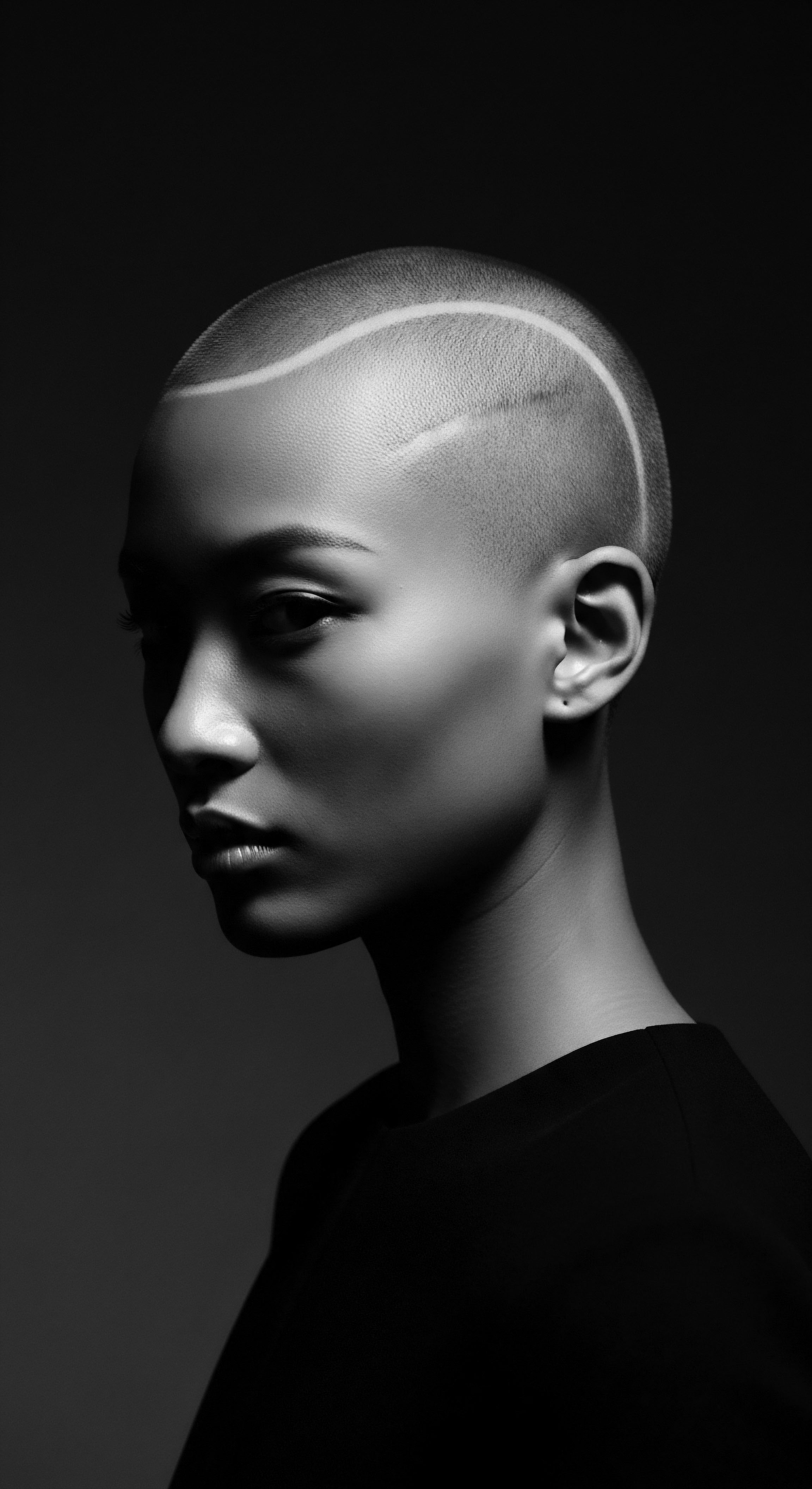
Addressing Hair Challenges ❉ A Heritage-Informed Approach
Many contemporary hair challenges – from excessive dryness to breakage – can be traced, in part, to the legacy of colonial beauty standards and the products they popularized. The long-term use of harsh chemical relaxers, for example, often compromised the structural integrity of textured hair, leading to damage that persists through generations. The very concept of “problematic” hair, too, is a colonial construct, arising from the comparison of textured hair to a Eurocentric ideal.
However, a return to heritage-informed problem-solving offers profound solutions. This involves a thoughtful consideration of traditional ingredients known for their healing and strengthening properties. Consider for example, the use of Chebe Powder from Chad, a traditional hair treatment known for its ability to strengthen hair and promote length retention among Basara women, who have used it for centuries.
This ancestral practice, now gaining wider recognition, illustrates a deep understanding of botanical efficacy passed down through oral traditions. Similarly, the revitalized interest in traditional hair oiling practices from various African and South Asian traditions, using botanical extracts like Amla, Bhringraj, or various tree oils, offers alternatives to chemically-laden modern solutions, providing deep conditioning and scalp nourishment that aligns with time-tested wisdom.
The decolonization of hair care involves not only choosing products that honor hair’s natural biology but also reshaping the psychological landscape around textured hair. It means understanding that hair strength, moisture, and shine are not measured by how straight it lies, but by its vitality, its resilience, and its ability to reflect the unique beauty of its heritage. The shift in perception, driven by a growing pride in ancestral forms, is a profound cultural reclaiming, a powerful statement that acknowledges the past while actively shaping a future rooted in self-acceptance and reverence for one’s authentic strands.
- Chebe Powder ❉ A traditional hair treatment from Chad, used by Basara women to strengthen hair and promote length retention, primarily through coating the hair shaft.
- Shea Butter ❉ A rich, emollient fat extracted from the nuts of the African shea tree, historically used for deep moisture, protection, and soothing dry scalps.
- Amla Oil ❉ Derived from the Indian gooseberry, this oil is a staple in Ayurvedic hair care, valued for its purported ability to strengthen hair follicles and reduce premature graying.
- Baobab Oil ❉ Extracted from the seeds of the African baobab tree, recognized for its conditioning properties and ability to provide lightweight moisture without weighing hair down.
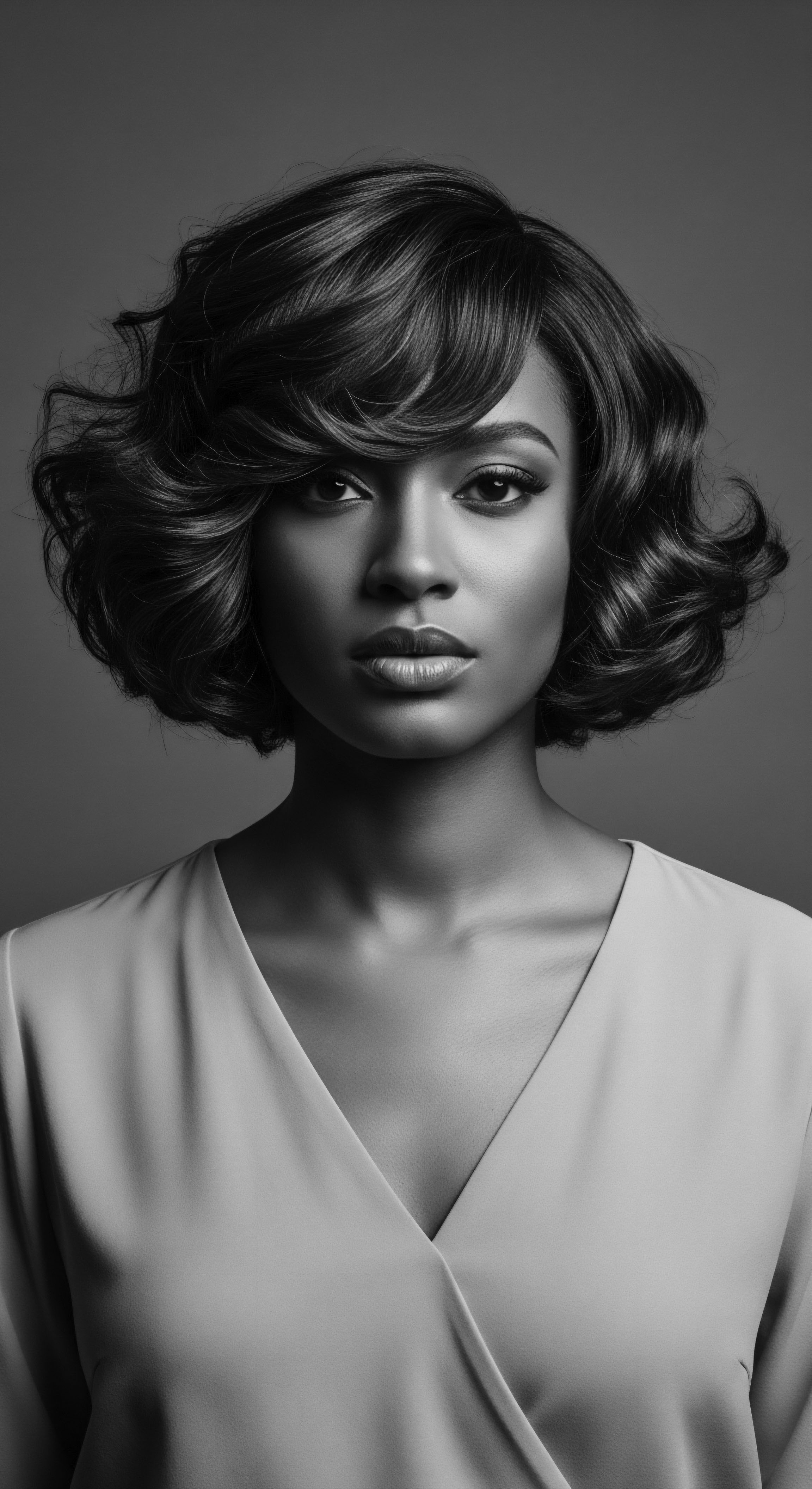
Reflection
The journey through the intricate landscape of textured hair traditions, and the profound ways colonialism sought to disrupt them, reveals a legacy of both imposition and unwavering spirit. Our strands, in their infinite variations, are more than mere physical attributes; they are living testaments to journeys traversed, wisdom passed down, and identities forged amidst struggle. To understand the impact of colonial forces is to bear witness to a systemic effort to dismantle the intimate connection between individuals and their ancestral crowns, to silence the visual languages spoken through braids, coils, and natural forms. Yet, this exploration also shows an enduring resilience, a tenacious holding onto heritage even in the face of immense pressure.
The resurgence of natural hair movements, the embrace of traditional care practices, and the conscious decolonization of beauty standards are not merely trends; they are profound acts of cultural reclamation. They represent a collective yearning to return to a place of reverence, a recognition that the true soul of a strand lies in its unbroken connection to its deep past, its inherent strength, and its luminous future, unburdened by imposed ideals. Each act of tending to textured hair with knowledge, respect, and ancestral understanding becomes a reaffirmation of this living legacy, a gentle whisper of freedom carried on the very wind.

References
- Byrd, Ayana D. and Lori L. Tharps. Hair Story ❉ Untangling the Roots of Black Hair in America. St. Martin’s Press, 2001.
- Creative Support. “The History of Black Hair.” Creative Support News & Events, 29 Oct. 2023.
- Gqeba, Nokuzola Gloria. “Different Manifestations and Permutations of Colonial Culture ❉ The African Hair in Dispute.” IJISET – International Journal of Innovative Science, Engineering & Technology, vol. 6, no. 10, Oct. 2019.
- Matjila, Chéri R. “The meaning of hair for Southern African Black women.” Master’s thesis, University of the Free State, 2020.
- Omotoso, Sharon Adetutu. “Gender and Hair Politics ❉ An African Philosophical Analysis.” Journal of Pan African Studies, vol. 14, no. 10, Dec. 2021.
- The Gale Review. “Dreaded” African Hair – The Colonial Legacy.” The Gale Review, 23 Nov. 2021.
- Wright, Zachary. “The racist politicization of Black hair in African schools.” Minority Africa, 29 Mar. 2021.
